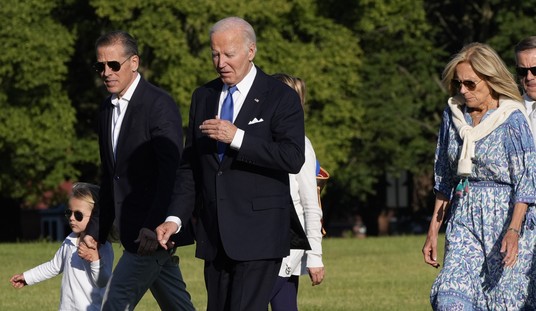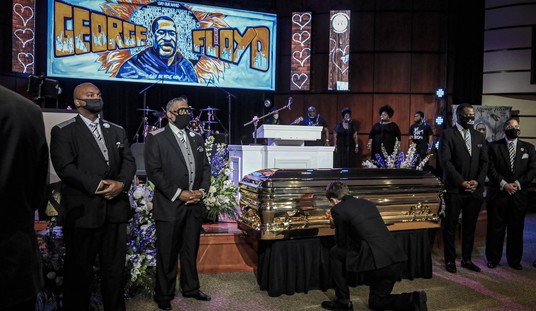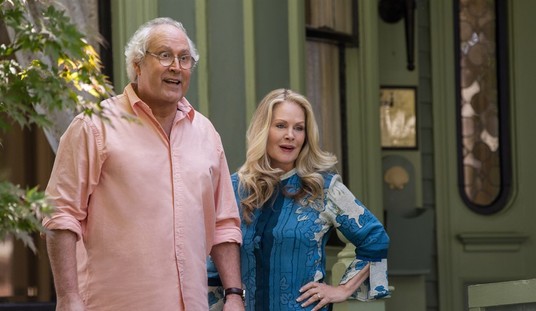The strategy of publicly releasing bad news late on a Friday afternoon in order to avoid significant media scrutiny is well established and commonly employed by a variety of institutions. For example, corporations may elect to bury a bad earnings report or government bodies may release unflattering documents just before the weekend when people are paying the least amount of attention. The popular television show The West Wing notably referred to Fridays as “Take out the trash day.”
Although today is not a Friday, it is the day before what will be a four-day holiday weekend for many Americans. While most people will understandably be focusing on celebrating Thanksgiving with their families, the White House plans to quietly release plans for 3,415 new regulations, 189 of which will cost more than $100 million apiece.
Perhaps the most onerous proposal in terms of cost and breadth is a plan by the U.S. Environmental Protection Agency (EPA) to impose more stringent ozone regulations under the National Ambient Air Quality Standards (NAAQS) section of the Clean Air Act. The proposed rule would specifically lower the current threshold for ozone pollution from 75 parts per billion (ppb) to a range of 65 to 70 ppb. EPA, however, plans to also seek public comment on a 60 ppb plan endorsed by many environmental groups, meaning the final rule could become even more severe.
Ground-level ozone is a respiratory irritant that is derived from the burning of fossil fuels and is a leading cause of smog. Ozone is not directly emitted directly in the air but is created by chemical reactions between nitrogen oxides (NOX) and volatile organic compounds (VOC). Electric utilities, motor vehicle exhaust, gasoline vapors, and chemical solvents are some of the major sources of NOX and VOC.

EPA’s proposal could immediately plunge 76 to 96 percent of the country into NAAQS-nonattainment, including some federally protected national parks. As a result, virtually every state’s ability to develop industry would be seriously jeopardized because emissions from each new stationary source would have to be “offset” with emissions reductions elsewhere in the nonattainment area. In practice, this means that industrial development becomes a zero-sum game, whereby every new business requires the closure of existing business.
NAAQS-nonattainment also imposes significant burdens on drivers since state regulators will typically develop new rules to reduce vehicular emissions such as (1) vehicle inspection/maintenance programs, (2) vehicle idling restrictions, (3) clean fuel programs, and (4) speed limit reductions.
If finalized, the compliance costs could be absolutely staggering. According to a recent study by the National Association of Manufacturers (NAM), more stringent ozone regulations would be the most expensive regulation ever imposed by the government and could lead to $3.4 trillion in economic output and 2.9 million jobs by 2040.
This is not the first time that President Obama has considered having his administration propose more stringent ozone standards. In late 2011, then-EPA Administrator Lisa Jackson proposed a 70 ppb standard, which the president summarily rejected citing the cost and uncertainty that would be imposed on businesses. Of course, the 2012 presidential election is now no longer an issue, yet the administration still seems intent on shrouding the proposal from public view. Perhaps they’re concerned about the possibility of a large public backlash. Whatever the case may be, voters made it clear on November 4th that they want limited government with fewer regulations—exactly the opposite of what EPA has in store.
John Eick is Director of the Task Force on Energy, Environment and Agriculture at the American Legislative Exchange Council.













Join the conversation as a VIP Member